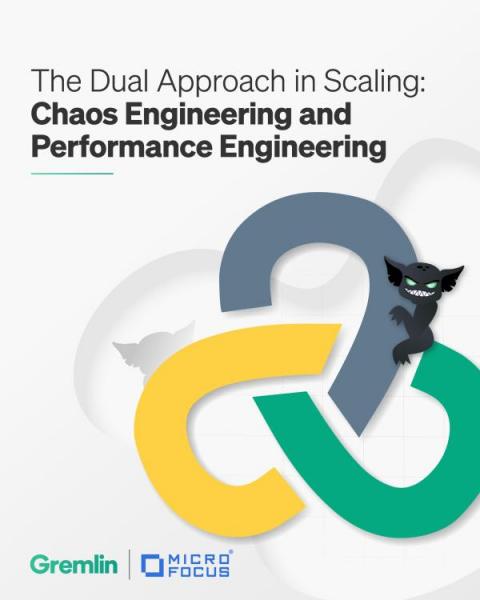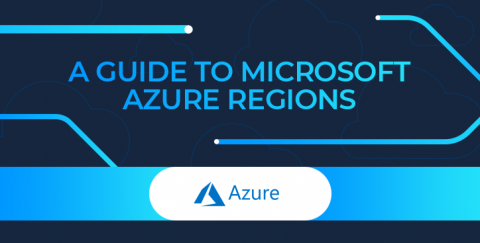Honeycomb Terraform Provider Now Officially Supported by Honeycomb
Previously announced as a community-led project, the Terraform provider for Honeycomb is now officially maintained by Honeycomb in partnership with Hashicorp. We recognize how valuable supporting configuration as code is for our customers, and this change in ownership affirms our commitment to ensuring your ability to quickly make the most of Honeycomb’s Management API.










